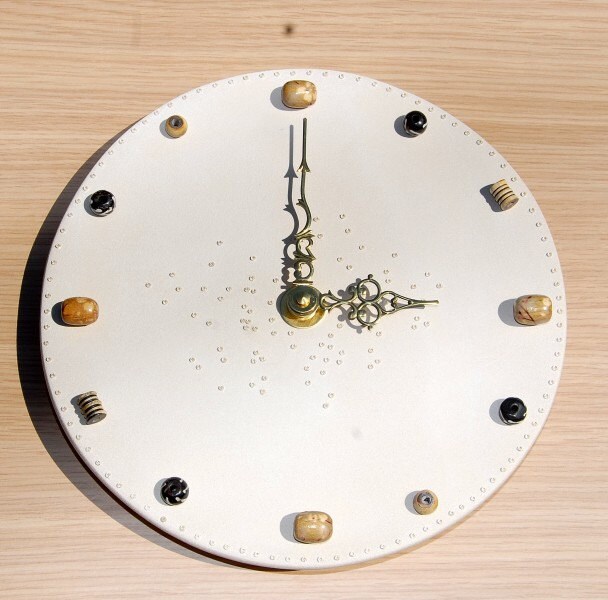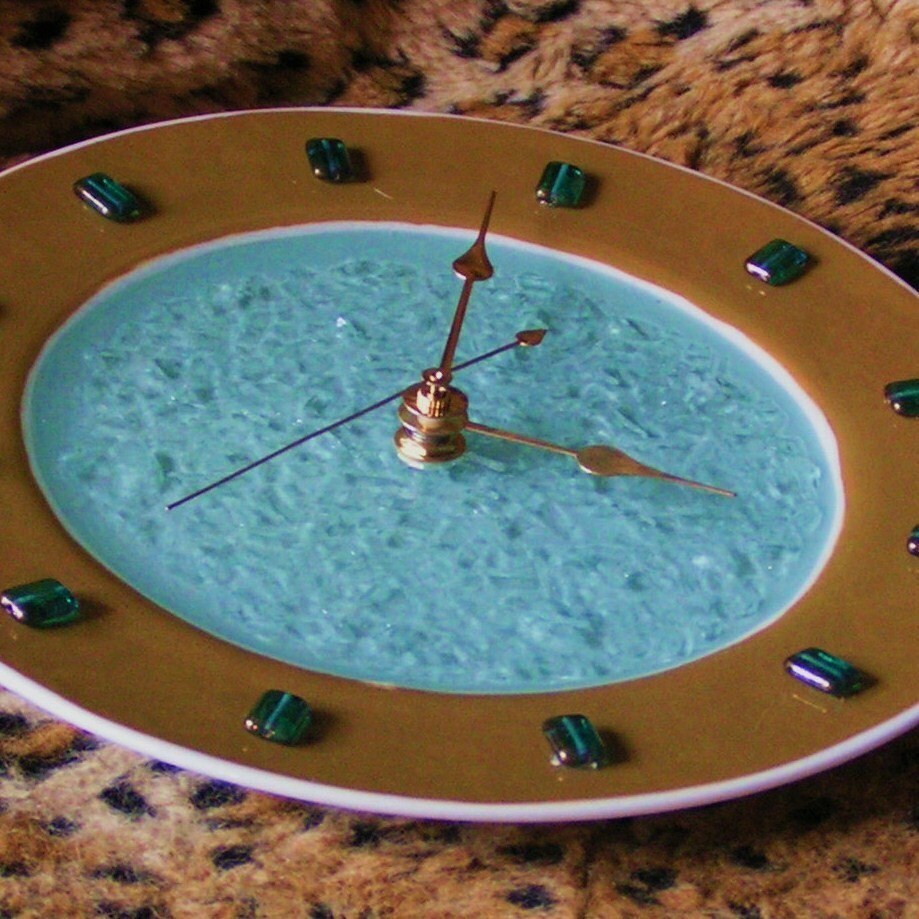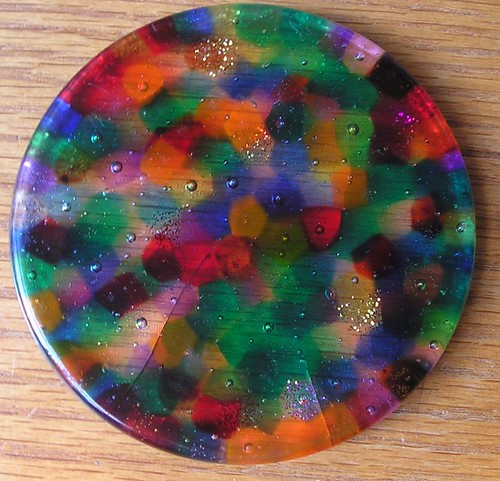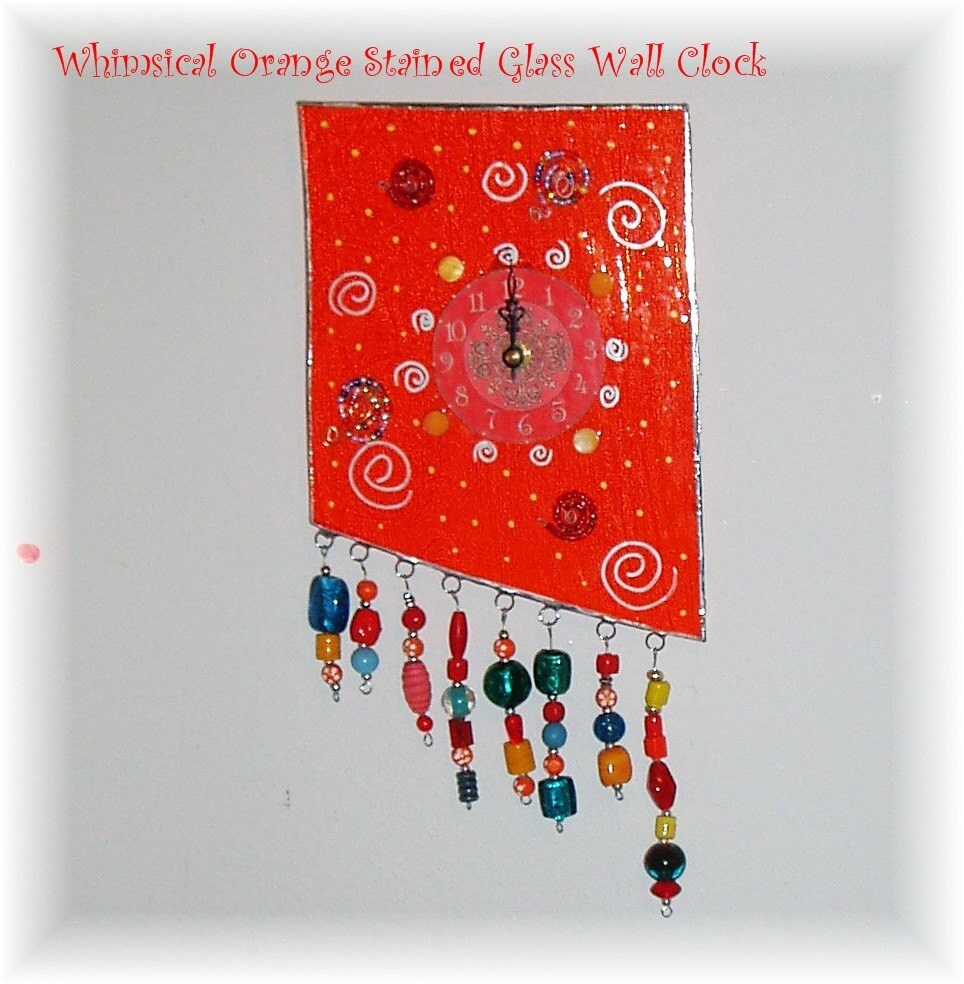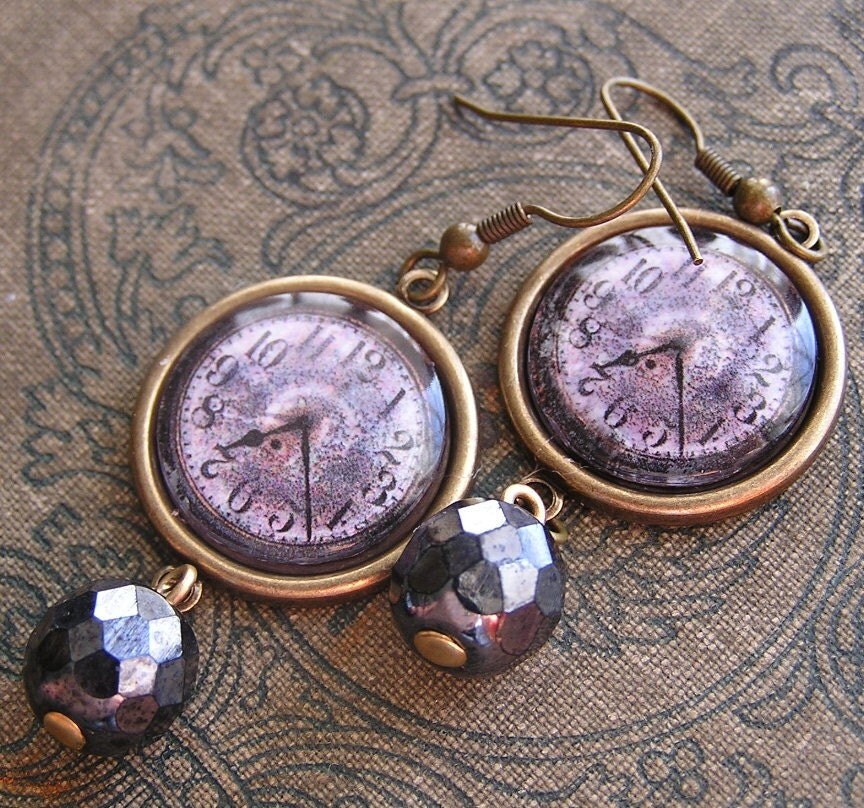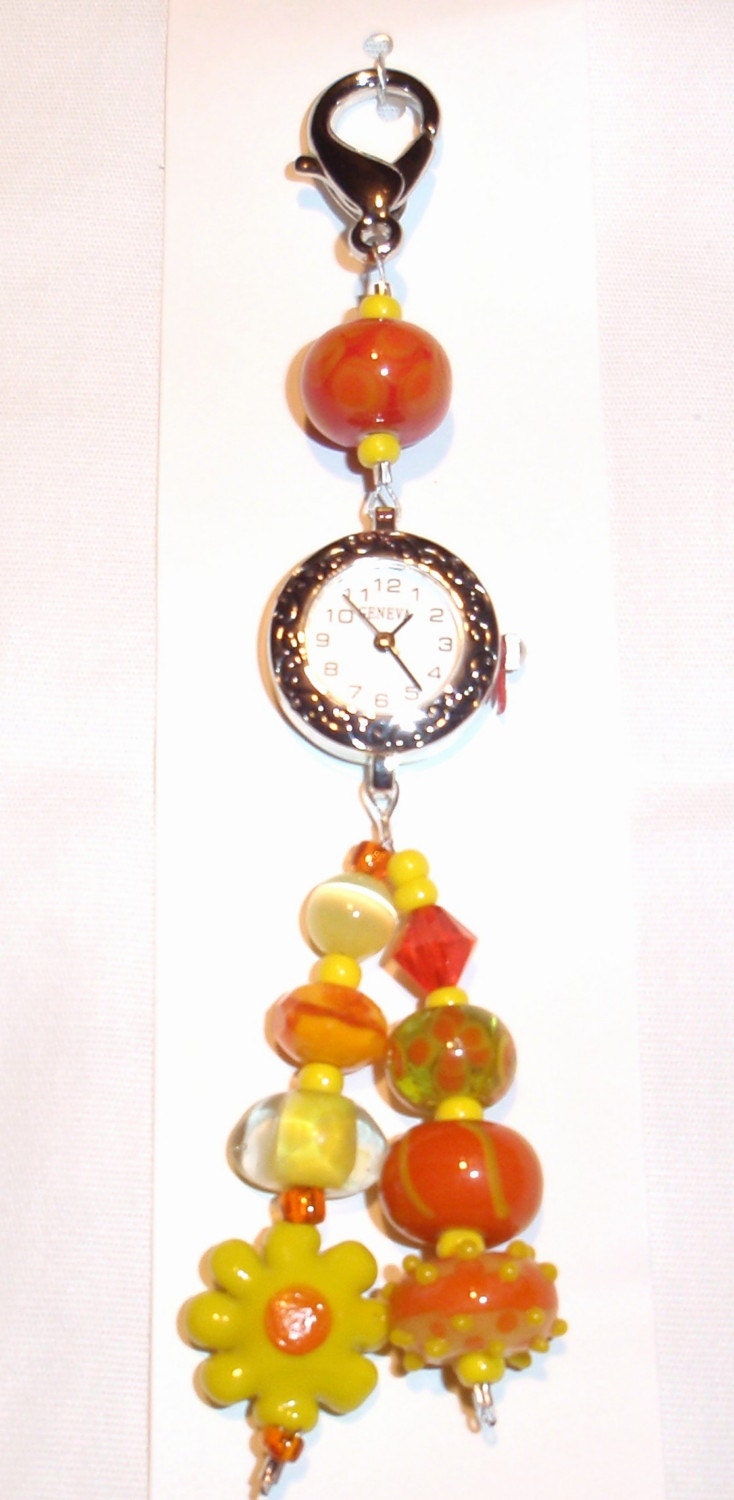A homemade gift often means more than a store-bought one.
Memories
There's nothing more romantic than a gift that will remind him of you. Decorate a picture frame with a photograph of the two of you, personalizing it with a quote about love or a lyric from your song. If you enjoy crafts, make the frame yourself from recycled materials or use an unusual object to hold the picture, like a wine bottle or a soccer ball. Another item you can make to memorialize your relationship is a memory box. This can be as simple as decorated cardboard, or it can be as intricate as hand-carved wood. Put mementos of your relationship inside, such as ticket stubs from movies you've seen together, playbills from a show you watched, or a matchbook from a restaurant you frequent.
There's nothing more romantic than a gift that will remind him of you. Decorate a picture frame with a photograph of the two of you, personalizing it with a quote about love or a lyric from your song. If you enjoy crafts, make the frame yourself from recycled materials or use an unusual object to hold the picture, like a wine bottle or a soccer ball. Another item you can make to memorialize your relationship is a memory box. This can be as simple as decorated cardboard, or it can be as intricate as hand-carved wood. Put mementos of your relationship inside, such as ticket stubs from movies you've seen together, playbills from a show you watched, or a matchbook from a restaurant you frequent.
Nature
If your boyfriend is an outdoorsman or an environmentalist, make him something that appeals to his nature-loving side. Purchase a plain terra-cotta pot and decorate the outside with a poem you wrote, a quote from his favorite song, or a photograph of the two of you. Plant a flower or a shrub in it, selecting a specimen that corresponds to his personality. (I.e., don't buy him a delicate African violet if he's never going to remember to water it.)
You could also sew him a grocery bag so he doesn't have to use plastic or make him soap using all-natural ingredients.
Baked Goods
The way to a man's heart is through his stomach. To entice his taste-buds and his heart, bake him a cake in his favorite flavor and decorate it with something unique to his personality. For instance, if your boyfriend loves playing basketball, bake the cake in the shape of a basketball or turn the top of the cake into a basketball court. Alternatively, bake a batch of uniquely flavored or specially shaped cookies, delicate macaroons, wispy meringues or a special pie. If he doesn't like baked goods, you could also make him a personalized ice cream flavor, uniquely flavored chocolates, a jar of special cocoa or hand-dipped chocolate fruits.
Baked Goods
The way to a man's heart is through his stomach. To entice his taste-buds and his heart, bake him a cake in his favorite flavor and decorate it with something unique to his personality. For instance, if your boyfriend loves playing basketball, bake the cake in the shape of a basketball or turn the top of the cake into a basketball court. Alternatively, bake a batch of uniquely flavored or specially shaped cookies, delicate macaroons, wispy meringues or a special pie. If he doesn't like baked goods, you could also make him a personalized ice cream flavor, uniquely flavored chocolates, a jar of special cocoa or hand-dipped chocolate fruits.
Useful Objects
Practical birthday gifts are always appreciated, especially when they are handmade. Make him a clock from an object that reflects something about his personality, such as an old record for a music lover or a Dali print for an artist. Make him a personalized keychain if he really likes his car, or a planetarium lamp shade that casts the constellations if he loves astronomy. You could also construct a chessboard and chess pieces from found objects or scrap metal, decorate a reusable coffee cup or a water bottle, sew him a pair of fuzzy slippers or make him a personalized mouse pad.




